Ancient Writing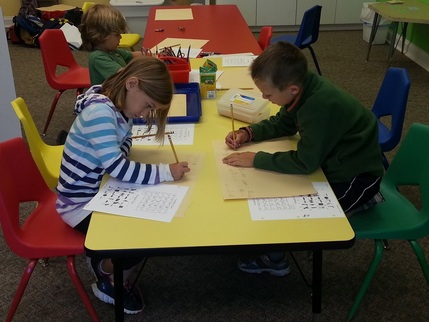 We read Story of the World (Volume 1) Chapter 3 in our morning class and learned about two of the earliest forms of writing - cuneiform and hieroglyphics. Students had the opportunity to write their names (or create secret messages) in the ancient Sumerian language of cuneiform, using soft clay and sculpting tools. Once they were satisfied with their clay "tablets", we moved on to translating our names into hieroglyphs, the symbols used by ancient Egyptian scribes. We wrote our names on paper, but discussed the fact that ancient Egyptians initially carved hieroglyphs into heavy stone tablets until they invented a method for creating paper from papyrus. I think we all agreed that writing in hieroglyphics was harder than cuneiform because many of the symbols are quite complex! The students can continue writing more messages at home in both cuneiform and hieroglyphics using the handouts I sent home with them. Not only does this activity practice fine motor skills (especially using the clay); it also challenges them to be patient in creating each character, and to think about how to spell words. 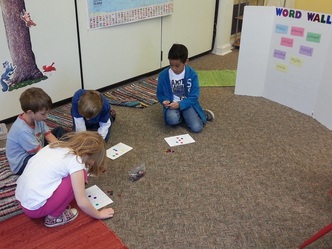 Students also played bingo using words from our Word Wall and other vocabulary we have learned studying ancient Egypt. While most of the students cannot yet read or spell many of these words, just listening for beginning sounds and searching for correct letters provides good practice for early reading and sight word recognition. Additionally, it prompted the students to work collaboratively and to help each other succeed, which is always a joy to facilitate! The Egyptian CalendarThis week in our afternoon class we connected our previous study of the solar system and the Nile River to the calendar. We learned about the three seasons of the ancient Egyptian calendar, and compared it to our calendar. After our lesson the children were free to work on several different activities.
Comments are closed.
|
Categories
All
Archives
May 2016
|

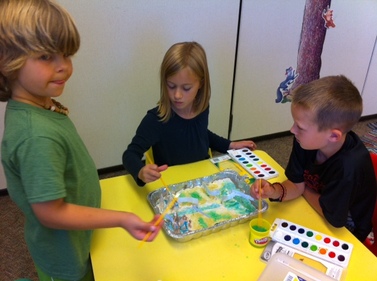
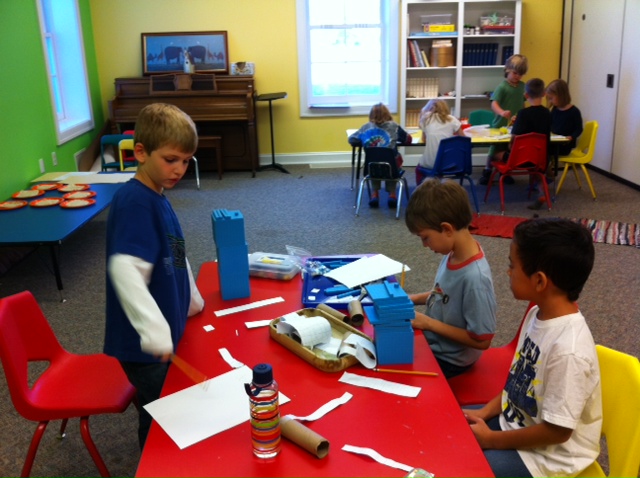
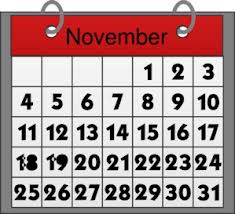
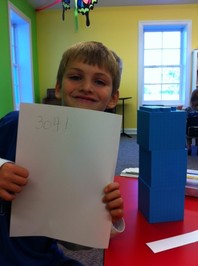
 RSS Feed
RSS Feed